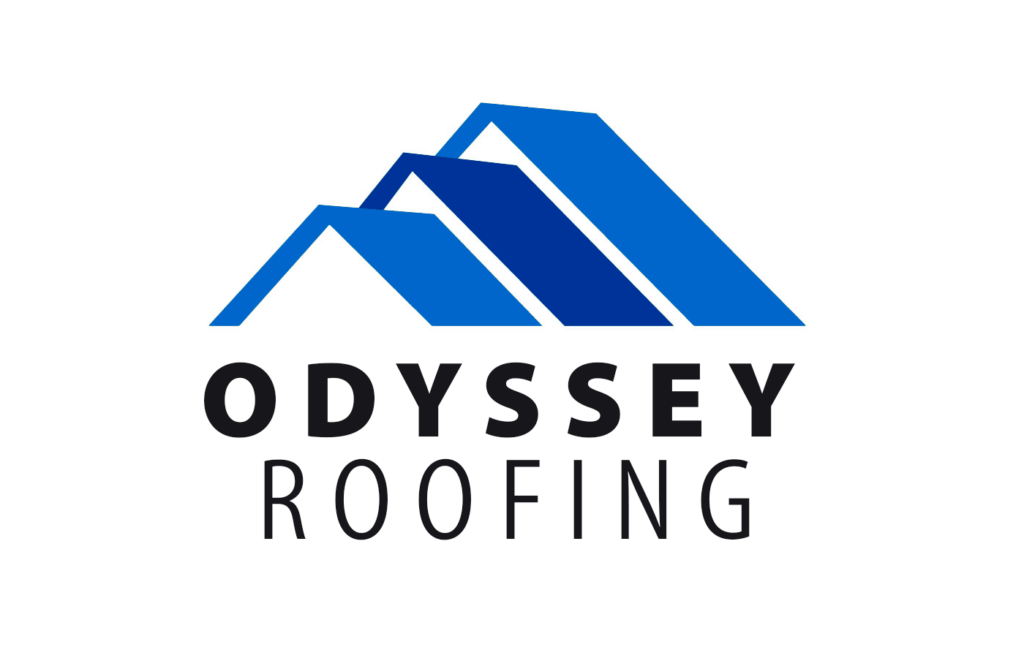Streaking and Algae Growth on Roof Shingles: How to Stop it

One of the most common mistakes homeowners make when getting a roof replacement is purchasing shingles that are not algae and mold resistant. While this may reduce the cost of your roof replacement in the short term, the costs of maintaining and constantly cleaning your shingles will quickly add up to negate the short term savings.
Why is There Streaking on My Roof?
Algae and mold can grow on shingles for a number of reasons. Some common reasons include:
Moisture: Algae and mold require moisture to grow, so shingles that are exposed to regular rainfall or high levels of humidity are more likely to develop these growths.
Nutrients: Algae and mold also require certain nutrients to grow, such as nitrogen and phosphorus. These nutrients can come from organic debris that accumulates on the shingles, such as leaves and twigs.
Shade: Shaded areas are generally cooler and more moist than sunny areas, making them more conducive to the growth of algae and mold. Shingles that are shaded by trees or other structures are therefore more likely to develop these growths.
Temperature: Algae and mold are more likely to grow in warm temperatures than in cold temperatures. Therefore, shingles in warm climates are more likely to develop these growths than shingles in cold climates.
Age: As shingles age, they can become more porous and less effective at repelling water. This can make them more susceptible to the growth of algae and mold.
The growth of algae and mold on shingles is a natural process that will occur on shingles that have not been specially manufactured to prevent it, and can be influenced by a variety of factors. To prevent or control these growths on shingles that are susceptible to them, it’s important to keep shingles clean and dry, and to address any underlying issues, such as moisture or nutrient buildup.
Prevent Algae and Streaking on Your Roof
The best way to get rid of streaking, algae, and mold on your roof is, of course, to prevent it from forming, to begin with. At Odyssey Home Remodeling, we use shingles that have copper built into them to prevent your roof from being susceptible to these problems in the first place. Copper is a naturally-occurring element that is known for its antimicrobial properties, meaning that it can help to kill bacteria, fungi, and other microorganisms. This can help to prevent the growth of mold and algae on your roof, which can cause damage and reduce the lifespan of your shingles.
In addition to its antimicrobial properties, copper is also highly durable and resistant to corrosion. This means that it can help to extend the lifespan of your roofing shingles and can provide added protection against the elements. Copper is also a natural material that is environmentally friendly and sustainable, making it a popular choice for many homeowners.
Adding copper to roofing shingles can help to prevent the growth of mold and algae, improve the durability of your roof, and provide other benefits. While there is no such thing as a streak-proof roofing shingle, having up to a 15-year warranty against streaking, staining, mold, and algae growth is a great start. If you’re considering installing new roofing shingles, you may want to consider those that contain copper to take advantage of these benefits.
Steps You Can Take to Get Rid of Algae and Streaking on Your Roof
Keep your roof clean by removing leaves and other debris that can hold moisture and provide a breeding ground for algae and mold.
Make sure your roof is well-ventilated, as mold and algae thrive in damp, poorly-ventilated spaces. This is especially important because a roof that is not properly ventilated will cause mold and algae growth on the inside of the roof decking as well, leading to a greatly increased cost from any roofing company.
If your roof is prone to algae and mold growth, consider installing zinc or copper strips along the ridge of the roof. These strips release small amounts of zinc or copper when it rains, which can help to kill algae and prevent it from growing.
Use a roof-cleaning solution specifically designed to kill algae and prevent it from coming back. These solutions are available at most home improvement stores and can be applied with a garden sprayer or a roller.
If you have an asphalt shingle roof, consider applying a protective coating or sealant to help prevent algae and mold growth. These coatings and sealants can be applied to the roof in a similar manner as the cleaning solution and will help to keep your roof clean and free of algae and mold.
Finally, be sure to inspect your roof regularly for signs of algae and mold growth, and address any problem areas as soon as possible. By taking these steps, you can help to prevent algae and mold from growing on your roof and keep it in good condition for years to come.


